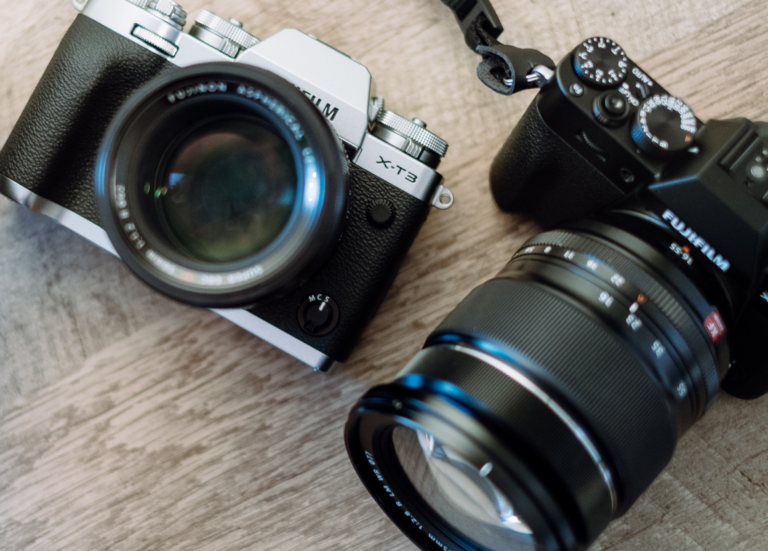Once you’ve captured your vacation photos, the journey doesn’t end there. Post-production is a crucial step in photography that can transform your images from good to exceptional. This guide covers the basics of photo editing and post-production, offering you essential techniques and tips to enhance your photos effectively.
1. Choosing the Right Software
The first step in photo editing is selecting the right software for your needs. Here are some popular options:
- Adobe Lightroom: Ideal for batch processing and organizing large collections of photos. Lightroom offers powerful tools for adjusting exposure, color, and sharpness, and is excellent for both beginners and advanced users.
- Adobe Photoshop: Known for its extensive editing capabilities, Photoshop allows for detailed retouching, compositing, and advanced adjustments. It’s a go-to tool for professional photographers who need to manipulate images extensively.
- Capture One: A favorite among professional photographers for its exceptional color grading and tethering capabilities. Capture One offers advanced tools for editing and managing RAW files.
- Affinity Photo: A cost-effective alternative to Photoshop with a range of professional editing tools. Affinity Photo is great for those who want powerful editing features without a subscription.
2. Basic Editing Techniques
Here are some fundamental editing techniques to enhance your photos:
- Exposure Adjustment: Correct the brightness of your photo by adjusting the exposure. Use the histogram to ensure your image is neither underexposed nor overexposed.
- White Balance: Adjust the white balance to correct color casts and ensure that colors appear natural. This is particularly important for indoor and artificial lighting conditions.
- Cropping and Straightening: Crop your photo to improve composition or remove unwanted elements. Straightening the horizon or aligning elements helps achieve a balanced and visually appealing image.
- Contrast and Clarity: Increase contrast to make your image pop and enhance details. Adjust clarity to sharpen textures and improve overall definition.
- Color Correction: Adjust saturation and vibrance to make colors more vivid without oversaturating them. Use hue adjustments to fine-tune specific colors in your image.
3. Advanced Editing Techniques
For more advanced editing, consider these techniques:
- Retouching: Remove blemishes, dust spots, and distractions using tools like the clone stamp or healing brush. Retouching helps clean up your image and focus attention on the subject.
- Layering and Masking: Use layers to apply adjustments or effects selectively. Layer masks allow you to control which parts of the image are affected by edits, giving you more precision.
- Dodging and Burning: Lighten (dodge) or darken (burn) specific areas of your photo to enhance details and create depth. This technique is useful for adding dimension and drawing attention to key elements.
- Sharpening: Apply sharpening to enhance fine details and improve overall clarity. Be cautious not to over-sharpen, as this can introduce unwanted noise and artifacts.
4. Exporting and Saving Your Work
Once your edits are complete, export your images in the appropriate format and resolution:
- File Formats: Use JPEG for web and social media due to its smaller file size. For high-quality prints or archival purposes, consider TIFF or PSD formats which preserve more detail.
- Resolution: Set the resolution based on the intended use. For web use, 72 DPI is sufficient, while print images typically require 300 DPI for high-quality results.
- File Naming and Organization: Name your files systematically and organize them into folders for easy retrieval. Consider creating backups of your edited images to prevent data loss.
5. Continuous Learning and Experimentation
Photo editing is an evolving field, and continuous learning is key to improving your skills. Explore tutorials, join online communities, and experiment with different techniques to refine your editing style. Stay updated with the latest software updates and trends to keep your skills sharp and your photos looking their best.
Conclusion
Mastering photo editing and post-production techniques is essential for turning your captured images into stunning works of art. By choosing the right software, applying basic and advanced editing techniques, and understanding how to export and save your work, you can significantly enhance the quality of your photos. Embrace the learning process and continuously experiment to elevate your photography to new heights.


